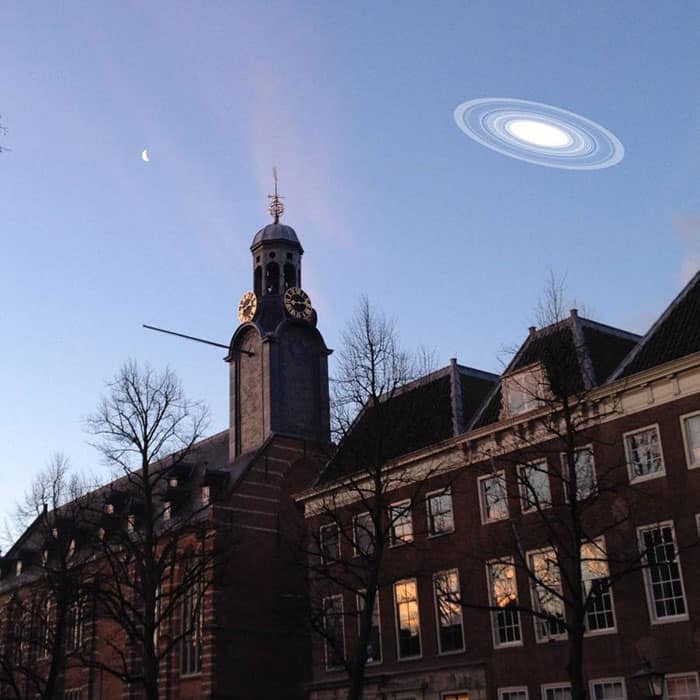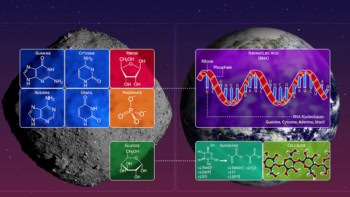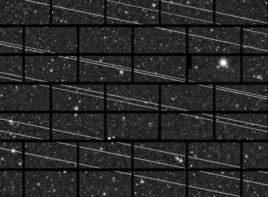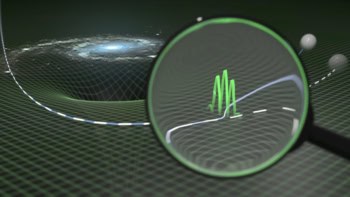Flash Physics is our daily pick of the latest need-to-know developments from the global physics community selected by Physics World‘s team of editors and reporters

Physics students are attracted to industry
Just 5% of US physics bachelor students pursue a career as physics professors, according to a new study by the Joint Task Force on Undergraduate Physics Programs (J-TUPP). The report – Phys21: Preparing Physics Students for 21st Century Careers – found that while physics students are employed in a wide variety of work, they are not going on to become physicists in academia. The 10 strong task force, co-chaired by Paula Heron from the University of Washington and Laurie McNiel from the University of North Carolina, Chapel Hill, has issued a set of recommendations to help students acquire the skills needed when entering the workforce. These include promoting a culture that values non-academic careers as well as providing mentoring and careers advice to students throughout their undergraduate programme to help students acquire the skills needed when entering the workforce. The J-TUPP report was commissioned by the American Physical Society and the American Association of Physics Teachers, and was funded by the National Science Foundation.
Nanoparticles are cooled coherently in 2D
The quantum coherent control of light has been used to reduce the random motion of a tiny nanoparticle in 2D. The experiment has been carried out in Switzerland by Martin Frimmer, Jan Gieseler and Lukas Novotny at ETH Zürich, and involves trapping a silica sphere just 136 nm in diameter at the focus of a laser beam. For small motions about the focus, the particle behaves as a simple harmonic oscillator that can move independently in three directions. The team was able to couple the motions of the particle in the x–y plane, which is the plane perpendicular to the propagation of the laser beam. This was done by modulating the polarization of the laser light so that it rotates in the x–y plane. The coherent cooling process begins by adjusting the laser light to reduce the motion of the particle in the y direction – while allowing it to move freely in the x direction. Then the x–y coupling is switched on, which allows some of the motion in the x direction to be transferred into the y direction, thereby cooling the particle in the x direction. The research, which is described in Physical Review Letters, could be developed to put the particle into the quantum ground state of all its oscillation modes.
Gigantic exoplanet rings rotate in retrograde

Giant rings around an exoplanet could remain stable for more than 100,000 years – but only if the rings orbit in the direction opposite to that of the planet’s orbit around the star. That is the claim made by researchers in Japan and the Netherlands, who last year discovered the exoplanet J1407b with rings more than 100 times larger than those of Saturn. Steven Rieder at RIKEN in Japan and Matthew Kenworthy at Leiden University in the Netherlands focussed their attention on the young, sun-like star J1407 after it underwent a series of strange eclipses in 2007. The researchers realized that the observations could only be explained if the star hosted a planet with a gigantic ring system. The only problem with such a hypothesis was that rings would not be stable for very long because the planet’s very eccentric orbit brings it close enough to its star to disrupt the rings. Now, the duo have carried out simulations and found that the massive ring system can persist for more than 10,000 11 year orbits, as long as the rigs rotate in the direction opposite to the orbit of the planet. Such retrograde rings are not common and the researchers conclude that some kind of catastrophe caused either the planet or its rings to reverse its orbit. Their findings have been accepted for publication in the journal Astronomy & Astrophysics.
- You can find all our daily Flash Physics posts in the website’s news section, as well as on Twitter and Facebook using #FlashPhysics. Tune in to physicsworld.com later today to read today’s extensive news story on frequency comb cooling.



